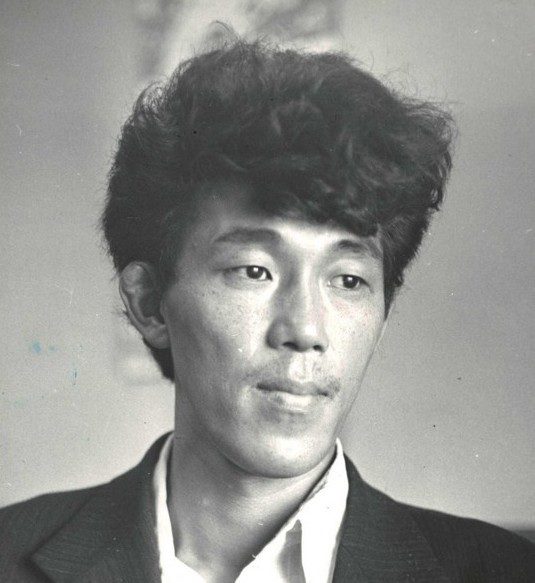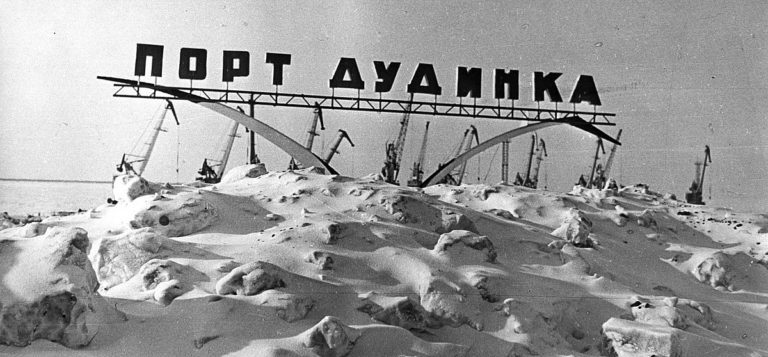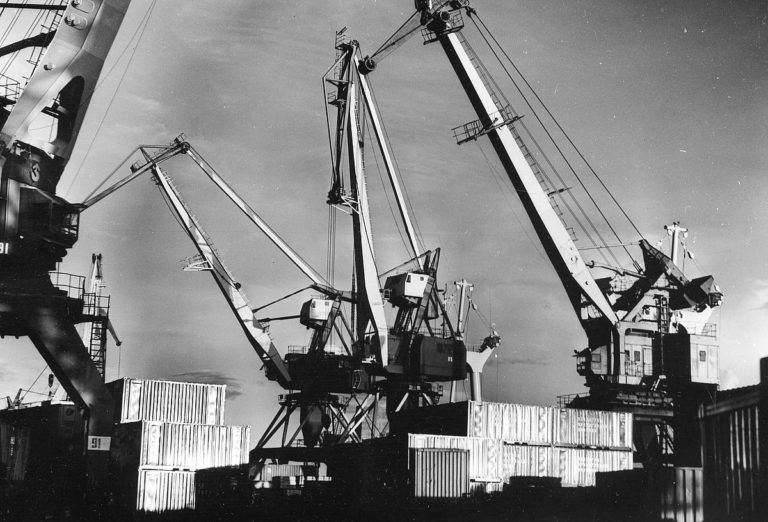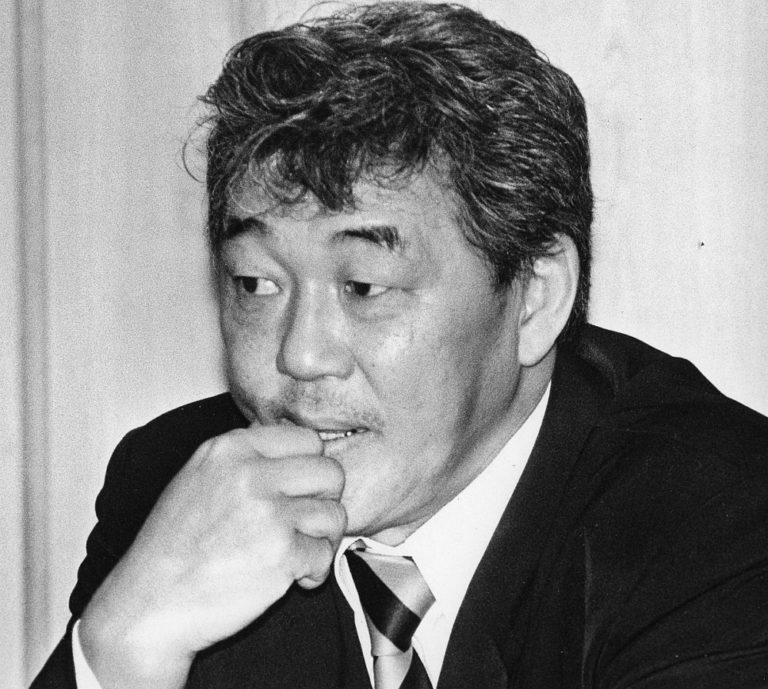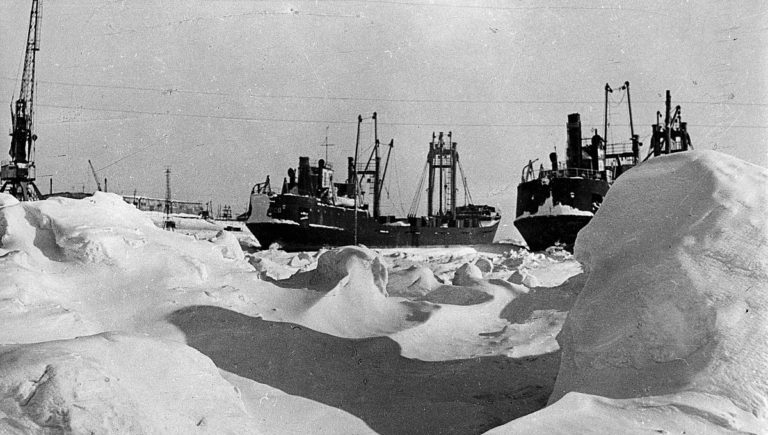#ARCTIC. #SIBERIA. THIS IS TAIMYR. He had to fight a lot in his childhood. There were only three Korean families in post-war Dudinka and, unlike Norilsk, there was no diaspora. Khan did not think much about his nationality at that time, but teasing touched him and he had to use his fists almost every day. This is how the future Dudinka port head’s character was tempered.
Khan began working in the port from the age of 15: first as a laborer, then as an electrician at the Portstroy office. He left Dudinka for five years to study at the Novosibirsk Institute of Water Transport Engineers, and in 1968 he returned to his port as a master. He was an engineer in the cargo transportation’s production department, river section’s cargo operations’ foreman, senior port dispatcher and cargo areas’ head.
Longin Khan was elected port Dudinka’s head at a labor collective’s conference in 1988. He worked in this position until 2001, and then he became the Taimyr deputy governor. Longin Khan worked in the port Dudinka for more than thirty years, 13 years of which he was in charge of it.
There was a difficult time for the entire Combine. In the 1990s, the port’s cargo turnover fell, people were laid off, and then salary delays began. Now port workers remember that only the port head’s authority allowed not stopping the work.
The port received the latest equipment during Khan’s leadership: forklifts Kalmar, the first Liebherr mobile cranes. The large economic and industrial facilities’ construction was carried out: a garage for heavy vehicles, change houses and other social objects. Khan took responsibility for risky but necessary activities. For example: for the fuel delivery to Dikson and Hatanga in the winter.
One of the streets was named after Longin Khan in Dudinka in 2016.
In the History Spot photo project previous publication we told about the Norilsk Saprykin family.
Follow us on Telegram, VKontakte.
Text: Svetlana Ferapontova, Photo: Nornickel Polar Division archive

